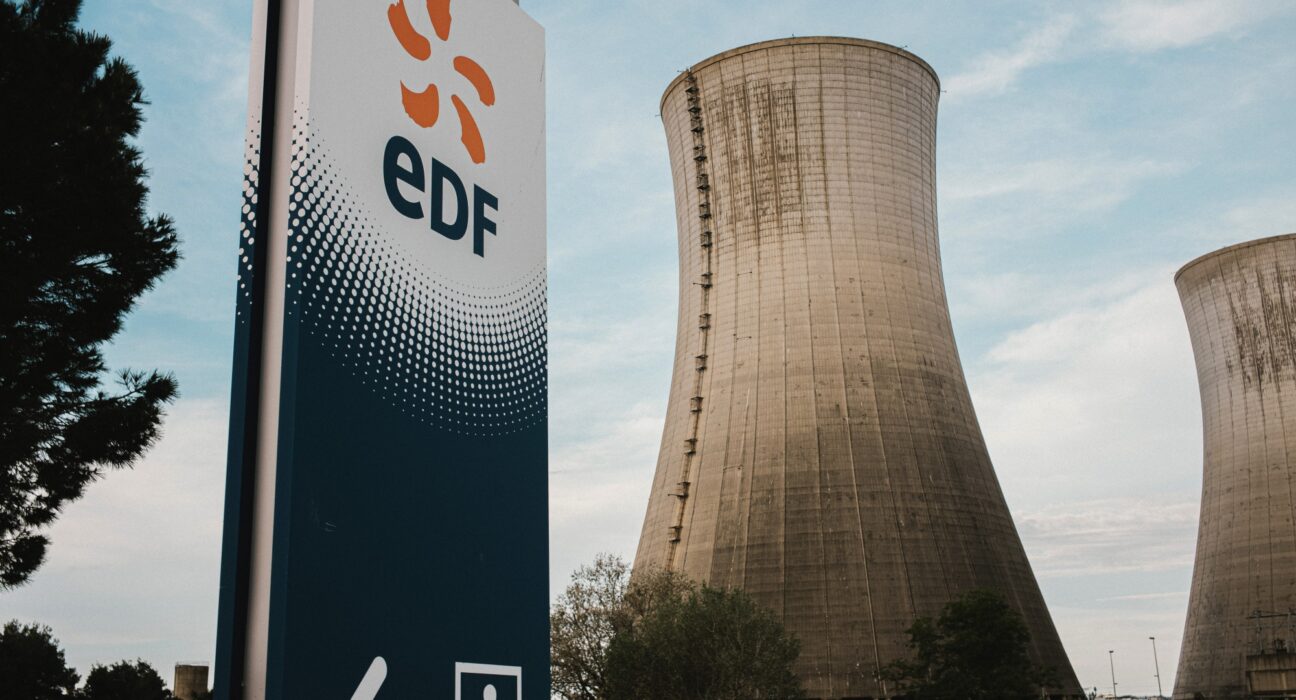Solar energy has been gaining traction as a clean and renewable source of power, but challenges like hailstorms can impact its efficiency. The latest Solar Risk Assessment conducted by kWh Analytics sheds light on various factors affecting solar performance, including manufacturing quality and weather-related risks.
As the sun becomes an increasingly important player in the energy sector, understanding the risks associated with solar power generation is crucial for investors, developers, and policymakers alike. Hailstorms are one such risk that can pose a significant threat to solar panels.
According to the Solar Risk Assessment report, hail damage can lead to reduced energy production and increased maintenance costs for solar installations. This highlights the importance of assessing potential risks and implementing strategies to mitigate them effectively.
In light of these findings, industry
experts emphasize the need for robust risk management practices in the solar sector.
Timely inspections, proper maintenance protocols, and investing in high-quality materials are essential steps in safeguarding solar assets against environmental threats like hailstorms.
One key aspect highlighted in the report is the significance of leveraging advanced analytics tools to assess and address risks proactively. By harnessing data-driven insights, stakeholders can make informed decisions to protect their solar investments from potential damages caused by extreme weather events.
“Understanding the vulnerabilities of solar assets is paramount in ensuring long-term operational efficiency and financial sustainability,”
notes a renewable energy specialist.
“By incorporating risk assessments into project planning and management processes, stakeholders can enhance resilience against unforeseen challenges.”
The Solar Risk Assessment further underscores the importance of continuous monitoring and evaluation to detect early signs of damage or performance degradation due to hail or other environmental factors. Proactive measures such as regular inspections and swift repairs can help prevent minor issues from escalating into costly problems over time.
With climate change fueling more frequent and severe weather patterns globally, assessing and addressing risks related to extreme weather events like hailstorms is becoming increasingly critical for maintaining the reliability and profitability of solar energy projects.
In conclusion, as solar energy continues to expand its footprint in the global energy mix, ensuring resilience against external threats such as hail damage through proactive risk management strategies will be essential for sustaining long-term viability in this rapidly evolving industry.

